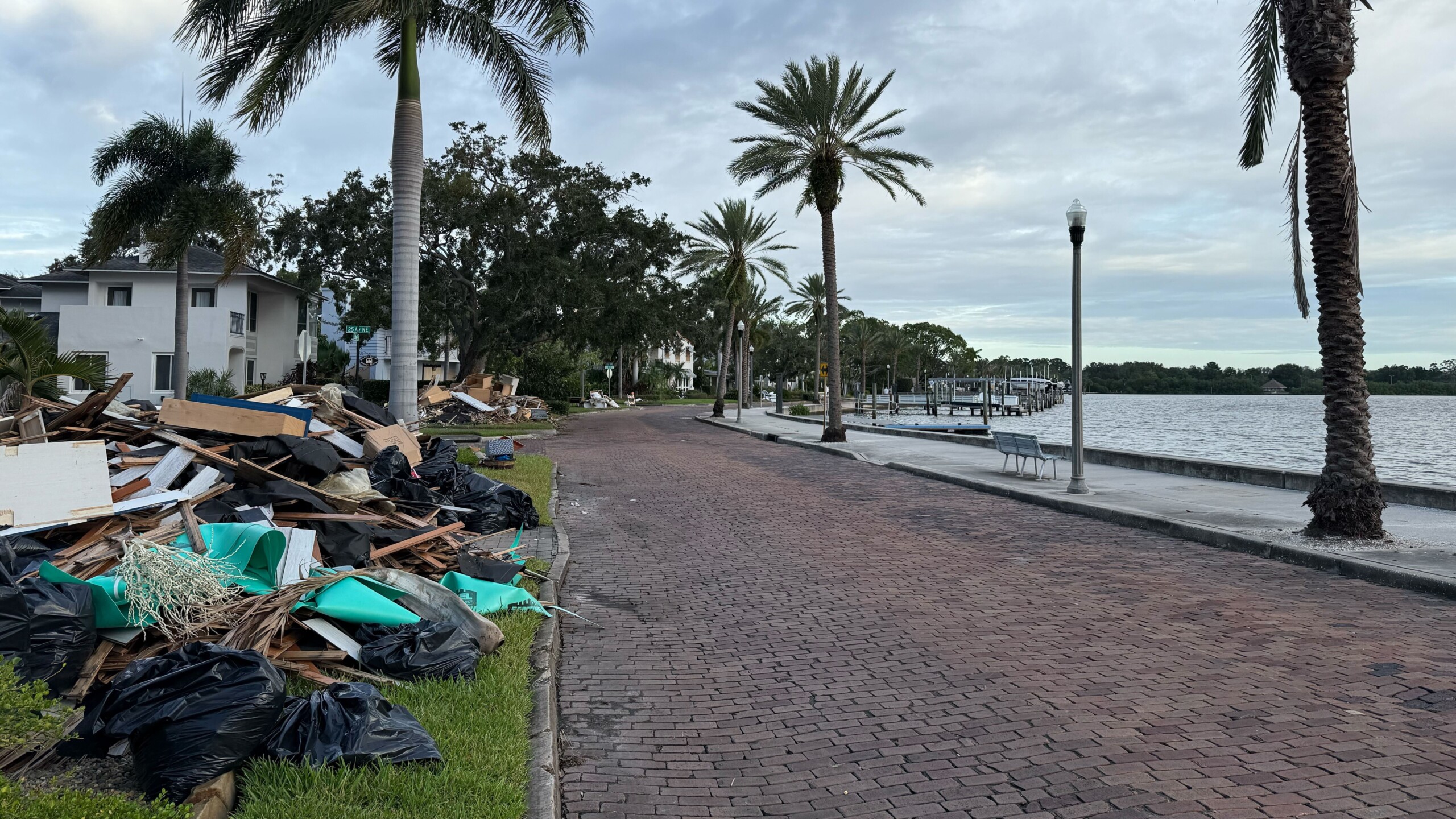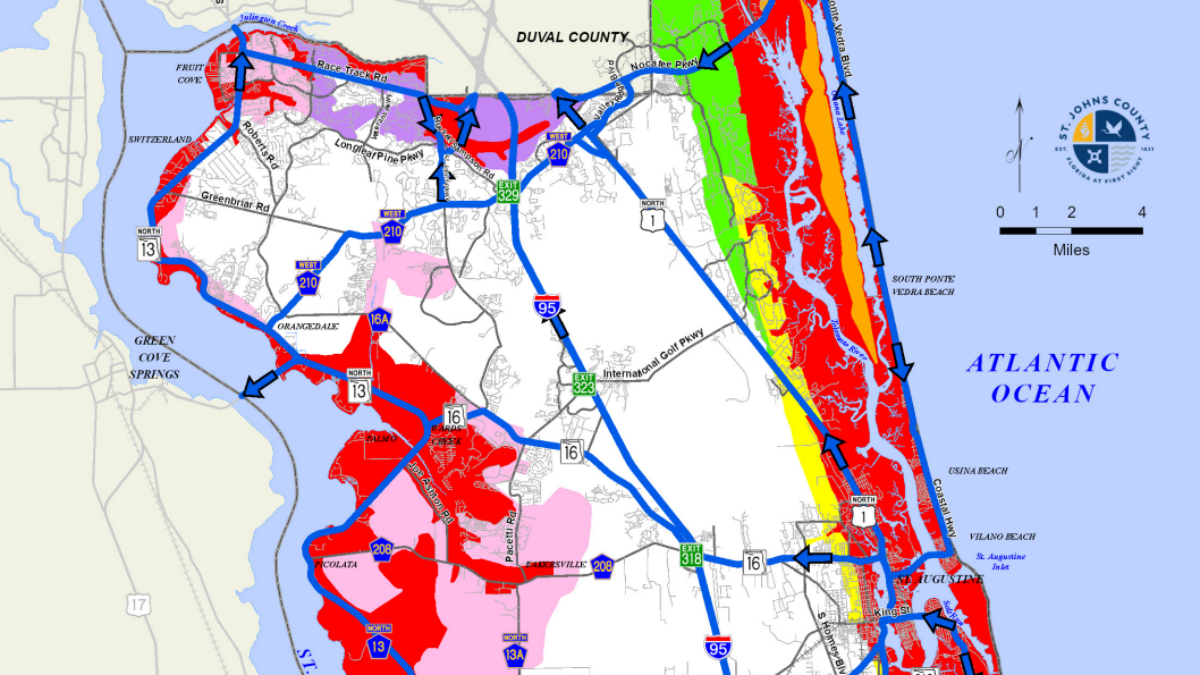When Albina Guri evacuated from St. Petersburg with her husband ahead of Hurricane Milton, her neighborhood back home was filled with discarded, curbside debris including furniture, carpets and artwork that had been pulled from homes damaged in last month’s Hurricane Helene.
Guri, a pulmonary physician from Largo, headed with her husband to Jacksonville as the latest hurricane lumbered toward the state’s Gulf Coast. She had remained in Pinellas County for the last storm, losing two cars to flooding from its storm surge. She wasn’t taking any chances with this one.
“I think that Milton is a whole different beast, and I hope that people are taking it seriously and getting out,” Guri said in a phone interview.
Her evacuation to Jacksonville — a drive that normally would take less than four hours — took eight hours due to heavy traffic during one of Florida’s largest evacuations in a generation.
Hurricane Milton was expected to come ashore with winds up to 125 mph and a huge storm surge, enough to pick up even heavy pieces of furniture and send them flying into buildings or vehicles or washing junk down roads and possibly interfering with drainage.
“We know that wind speeds do increase when wind is funneled between buildings,” said Corene Matyas, a University of Florida researcher specializing in climatology and meteorology. “The water can also pick up the debris and spread it and now it might be in piles on the curb, but the water is going to take it and just spread it everywhere.”
All along Florida’s Gulf Coast, governments were rushing to remove the debris from the last storm before Hurricane Milton’s strong winds could blow it away or its storm surges could wash it away. The pace of the cleanup was agonizingly slow, and time was running out.
“Most times after a storm, you don’t have another storm on the back end,” Gov. Ron DeSantis said at a news briefing Tuesday. “These things tend to take months and months to do.”
DeSantis sent more than 300 state dump trucks and other vehicles into areas over the weekend to augment local government cleanup efforts in Manatee, Sarasota, Hillsborough and Pinellas counties ahead of Milton’s landfall. Over 48 hours, those trucks removed 1,200 loads of debris, he said. But it wasn’t enough.
“We’ve made a huge dent in this,” DeSantis said. “The more debris we can get picked up, the less damage is going to happen, whether that’s floating into the Gulf of Mexico, whether it’s projectiles into other buildings.”
The governor ordered landfills to remain open full time ahead of Hurricane Milton and said trucks would continue to haul away debris in the hours before the next hurricane hits, “until it’s no longer safe to do so.” He said contractors working for local governments after Hurricane Helene were taking too long to haul away debris.
“There was not necessarily a great job all around,” DeSantis said.
Matyas, the UF researcher, said that the debris left over from Helene and the new debris from Milton could clog drains, leading to more flooding.
Leftover debris like scrap metal, couches and picture frames can become projectiles once winds get a hold of them, Jennifer Collins, a University of South Florida professor specializing in climatology, said.
This story was produced by Fresh Take Florida, a news service of the University of Florida College of Journalism and Communications. The reporter can be reached at landerson2l@freshtakeflorida.com. You can donate to support the students here.






